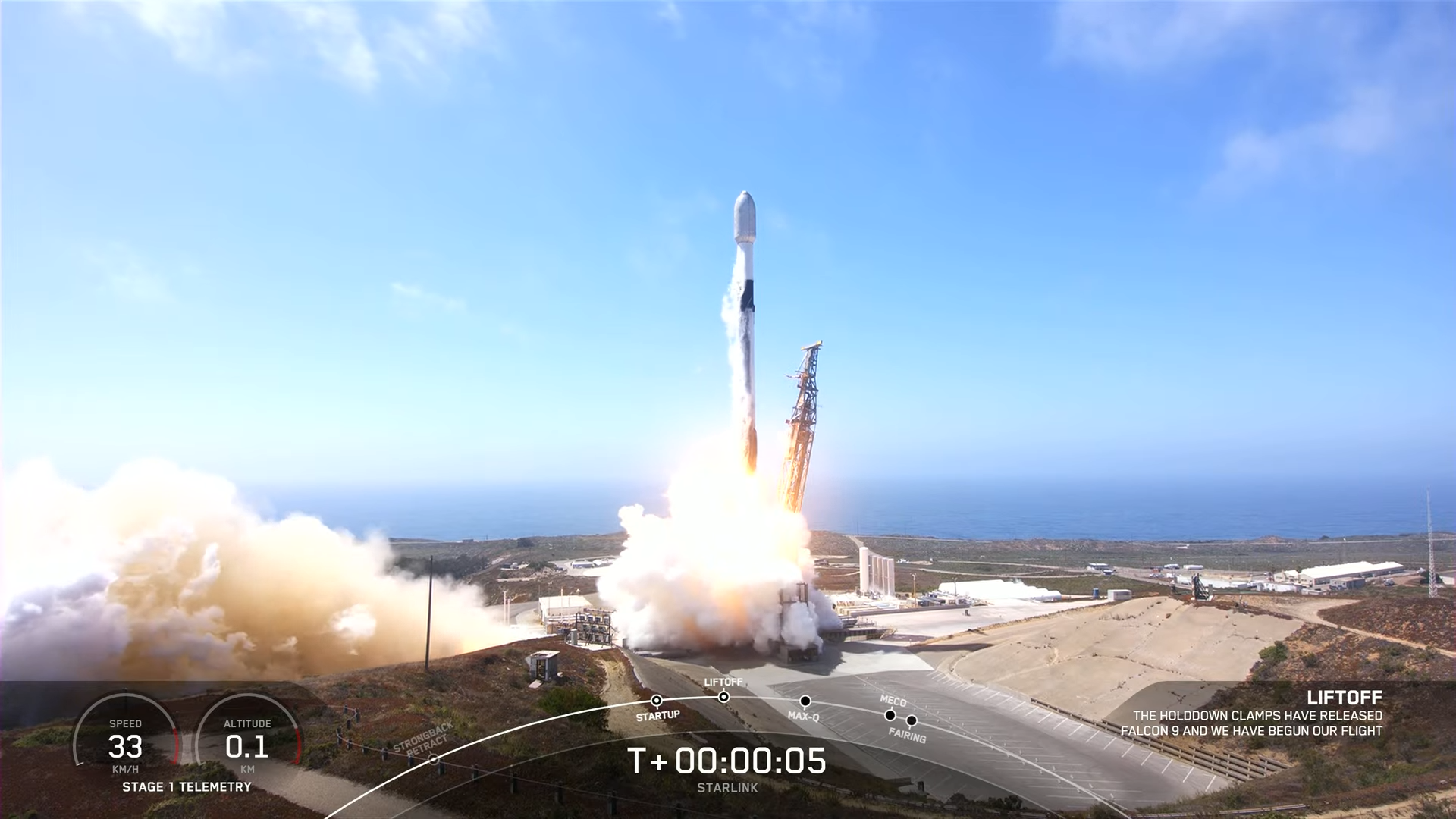
A Falcon 9 which launched eight astronauts from three nations has joined SpaceX’s fleet at Vandenberg Space Force Base, Calif., to become only the fifth booster to log a tenth mission. The veteran B1061 core rose smoothly from Space Launch Complex (SLC)-4E at Vandenberg Space Force Base, Calif., at 2:40 p.m. PDT Friday, laden with a “stack” of 46 Starlink low-orbiting internet communications satellites, totaling over 31,000 pounds (14,000 kilograms). Today’s launch concluded with a successful landing of B1061 on the deck of the Autonomous Spaceport Drone Ship (ASDS), “Of Course I Still Love You”.
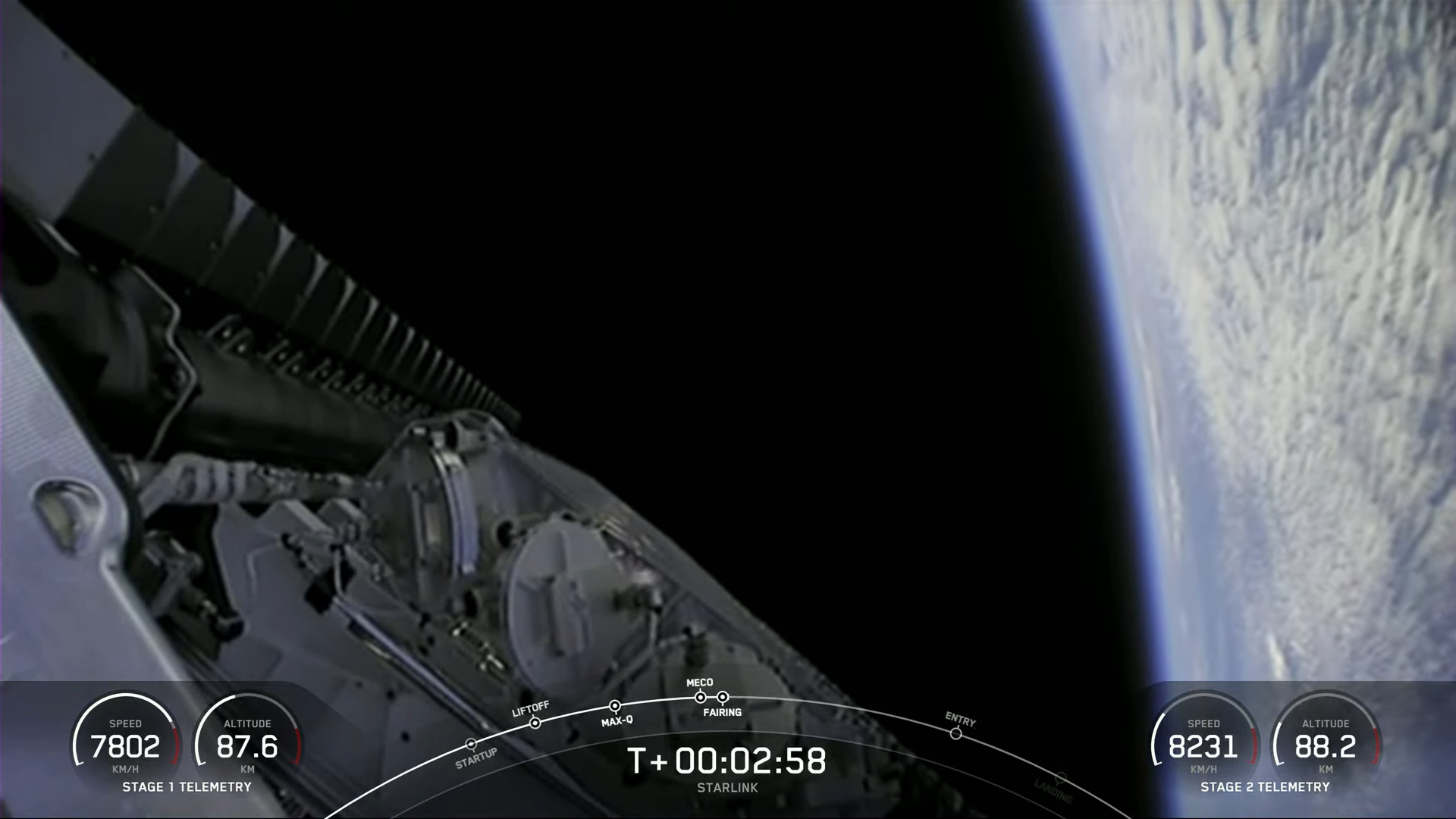
It marked the third launch of the third “shell” of Starlinks to be lifted into an orbit inclined 97.6 degrees to the equator at an altitude of 350 miles (560 kilometers). Two previous Starlink batches destined for this high-inclination shell—which is expected to reach 348 satellites when complete—rode Falcon 9s out of Vandenberg just last month.
And with today’s launch, 138 Starlinks have been inserted into Shell 3 since 10 July, all three missions having delivered 46 satellites apiece. Starlink’s progress as an internet provider on the world stage has advanced in leaps and bounds in 2022, with availability expanded to Luxembourg, the Dominican Republic and Moldova in July alone.
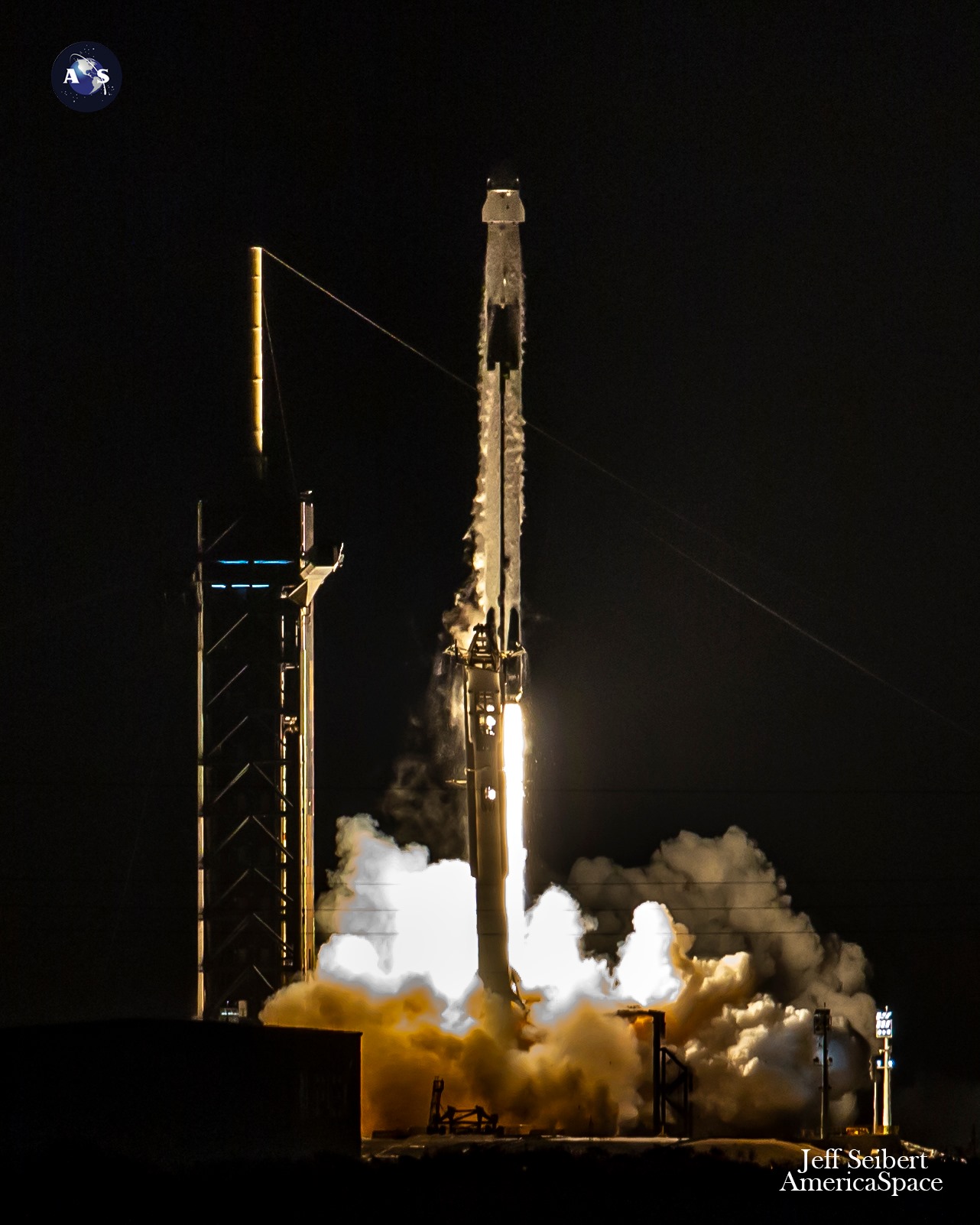
That brings to 15 the number of nations which have adopted Starlink services since the start of this year. All told, since the fall of 2020, regulatory approval for Starlink has been granted for a total of 36 countries and 41 markets in North and South America, Europe and Oceania.
The booster for today’s flight is a new one for Vandenberg, having previously launched nine times from the East Coast. B1061 first flew back in November 2020, launching Dragon Resilience and Crew-1 astronauts Mike Hopkins, Victor Glover and Shannon Walker of NASA, plus Japan’s Soichi Noguchi, to the International Space Station (ISS).
In so doing, she marked the first U.S. crewed mission to launch in the hours of darkness since the twilight of the Space Shuttle Program, a decade earlier. Five months later, in April 2021, B1061 lifted Dragon Endeavour and Crew-2 astronauts Shane Kimbrough and Megan McArthur of NASA, Japan’s Aki Hoshide and France’s Thomas Pesquet to the ISS for a mission which, at 199 days, remains the longest single flight by any U.S. crewed spacecraft.
Her human-hauling duties over, B1061 settled last summer into a more regular routine as a payload lifter. She launched SiriusXM’s heavyweight SXM-8 broadcasting satellite last June, SpaceX’s CRS-23 Cargo Dragon to the ISS last August and NASA’s Imaging X-ray Polarimetry Explorer (IXPE) last December.
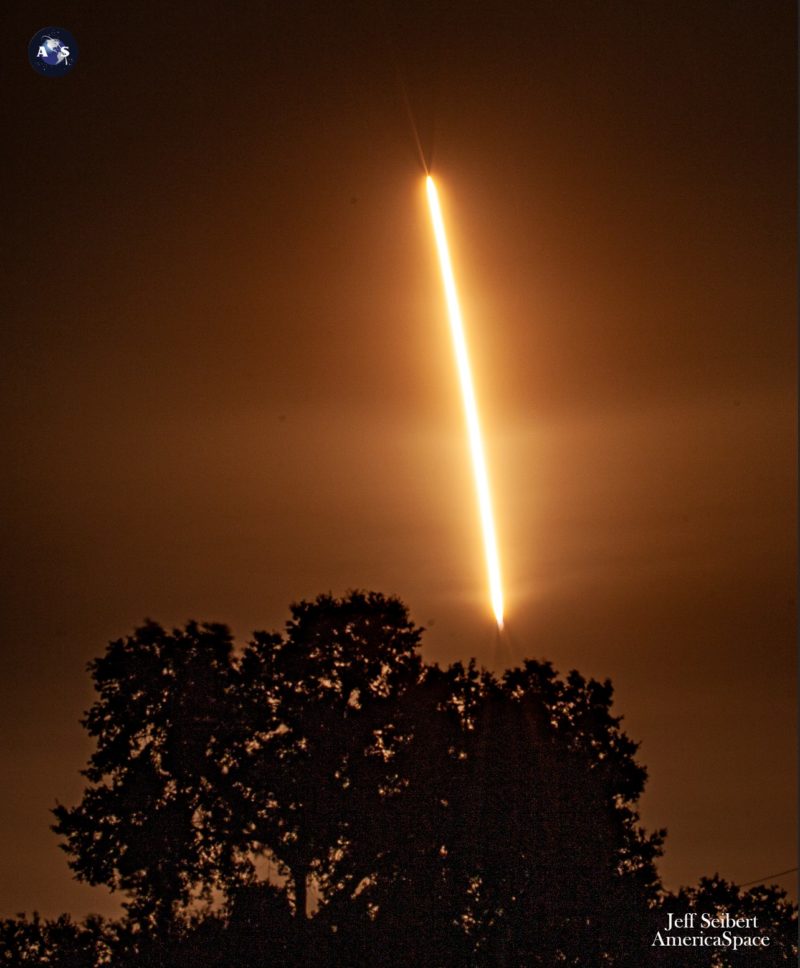
Since the start of 2022, she has chalked up five more flights: lifting two Starlink batches—95 satellites in total—in February and today, delivering the Transporter-4 and 5 multi-payload “stacks” on April Fool’s Day and late May and most recently launching a Globalstar-2 global mobile communications satellite and a possible classified payload for an undisclosed U.S. Government customer. Only 25 days elapsed between her Transporter-5 and Globalstar-2 missions, the second-shortest turnaround by a booster in Falcon 9 history.
Following her Globalstar-2 mission, B1061 was moved west to Vandenberg, to join her sisters B1071 and B1063, which have launched seven missions between them between February and last month. It remains unclear whether B1061’s move to the West Coast will lead her into retirement and a possible “disposable” mission or if an increased flight tempo out of Vandenberg in the final months of 2022 requires an additional booster.
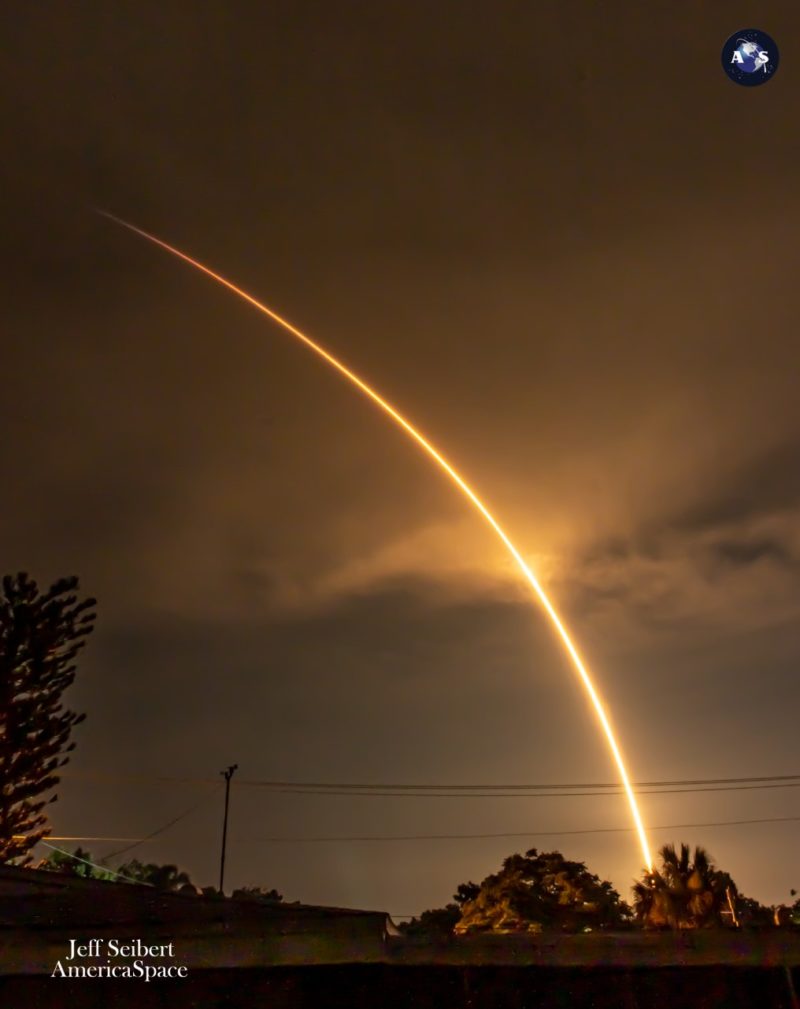
In readiness for today’s launch and Falcon 9 retrieval, the ASDS “Of Course I Still Love You” put to sea from Port of Long Beach on 9 August. B1061 took flight at 2:40 p.m. EDT Friday, her nine Merlin 1D+ first-stage engines powering her smoothly uphill for the first 2.5 minutes of the mission. B1061 then separated from the stack to begin her graceful descent back to the deck of OCISLY, touching down eight minutes after launch.
Meanwhile, the Merlin 1D+ Vacuum engine of the Falcon 9’s second stage executed a customary six-minute “burn” to pre-position the Starlink stack for deployment, expected a little more than an hour into the mission.

So far, 2022 has been a banner year for the Falcon 9 at Vandenberg. Eight SpaceX launches using only three boosters have lifted 241 Starlinks to orbit—including 138 satellites in support of Shell 3—as well as Germany’s SARah-1 radar-imaging surveillance satellite and the highly classified NROL-87 and NROL-85 payloads for the National Reconnaissance Office. And 2022 has surpassed the six Falcon 9 launches of 2018 to become SpaceX’s most-flown year out of Vandenberg on record.
But the year is far from over, with an anticipated ramping-up in the tempo of launches from the West Coast before the New Year’s Eve bell tolls. Although SpaceX reveals precious little in the way of a detailed flight manifest, there at least four more non-Starlink missions set to rise from Vandenberg before year’s end.
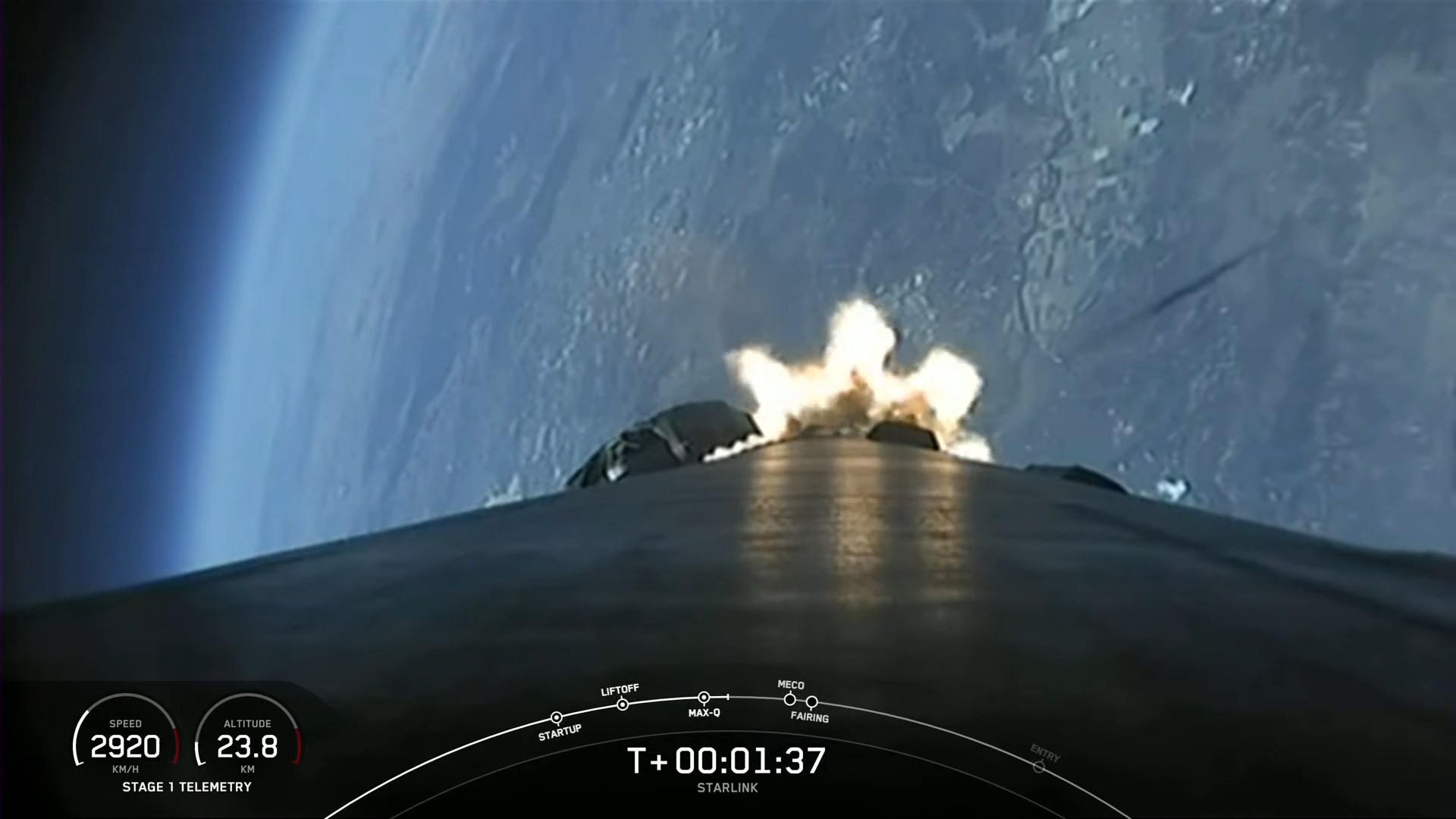
A pair of “passive” SARah reflector satellites, flying on behalf of the German military, are expected to join the SARah-1 radar-imaging surveillance platform, launched last month. Added to that list is the planned September opening launch of the Tranche 0 Transport and Tracking Layer for the Space Development Agency (SDA), contracts for which were signed with SpaceX in January 2021 for an estimated total value of $150.45 million.
This will form the basis of an eventual “constellation” of 300-500 low-orbiting experimental satellites to furnish ground-based warfighters with “assured, resilient, low-latency military data and connectivity worldwide”, plus Wide Field of View (WFOV) infrared sensors for hypersonic missile tracking.
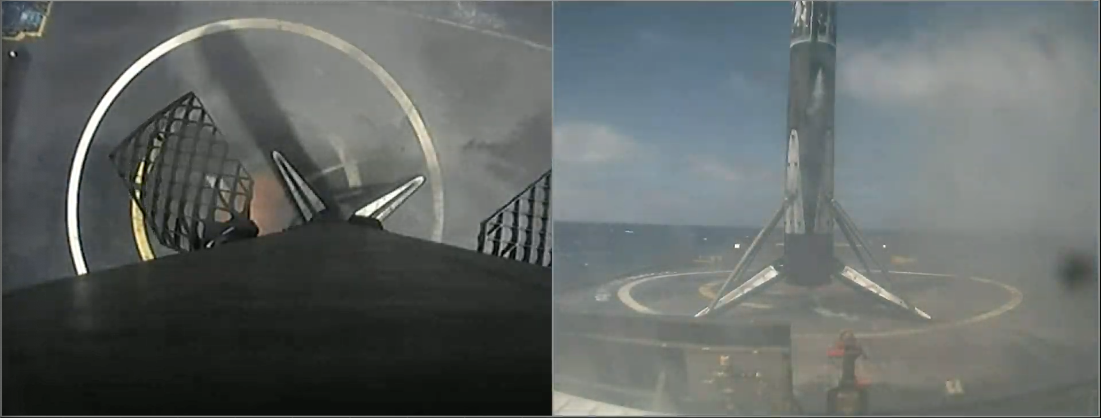
Also in 2022’s final months, a Falcon 9 is set to deliver four WorldView Legion satellites to Sun-synchronous orbit for the Westminster, Colo.-based Earth imagery provider, DigitalGlobe. The Maxar-built Legion is expected to double DigitalGlobe’s capacity to gather the world’s highest-resolution geospatial imagery by resolving surface details as fine as just 12 inches (30 centimeters).
And later in the year, another Falcon 9 will lift the NASA-led Surface Water Ocean Topography (SWOT) payload to examine the changeability characteristics of surface water bodies over time. If all four of these launches are achieved, 2022 should end with a record-setting 12 Falcon 9 flights out of Vandenberg. Yet that figure does not include an anticipated uptick in Starlink missions to loft Shell 3, whose 348-satellite constellation is already fast approaching 40-percent completion.




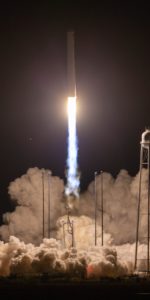
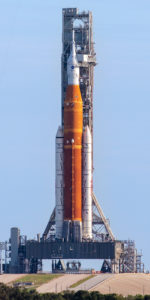
4 Comments
4 Pings & Trackbacks
Pingback:SpaceX Continues Aggressive East Coast Starlink Launch Campaign - AmericaSpace
Pingback:SpaceX Wraps Up Banner 2022, With Year-End Launch of Israeli Spy Satellite - AmericaSpace
Pingback:SpaceX Wraps Up Banner 2022, With Year-End Launch of Israeli Spy Satellite - Space News
Pingback:SpaceX déploie la armoiries 2022, derrière le mappemonde du complice fureteur sabra d’ici la fin de l’période – spyxfamily-es